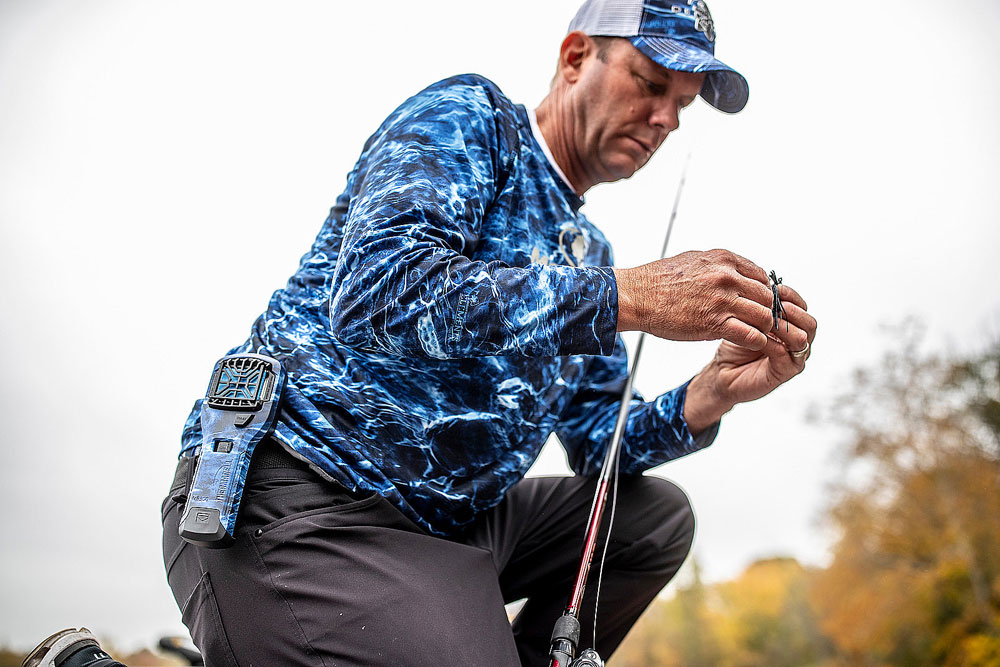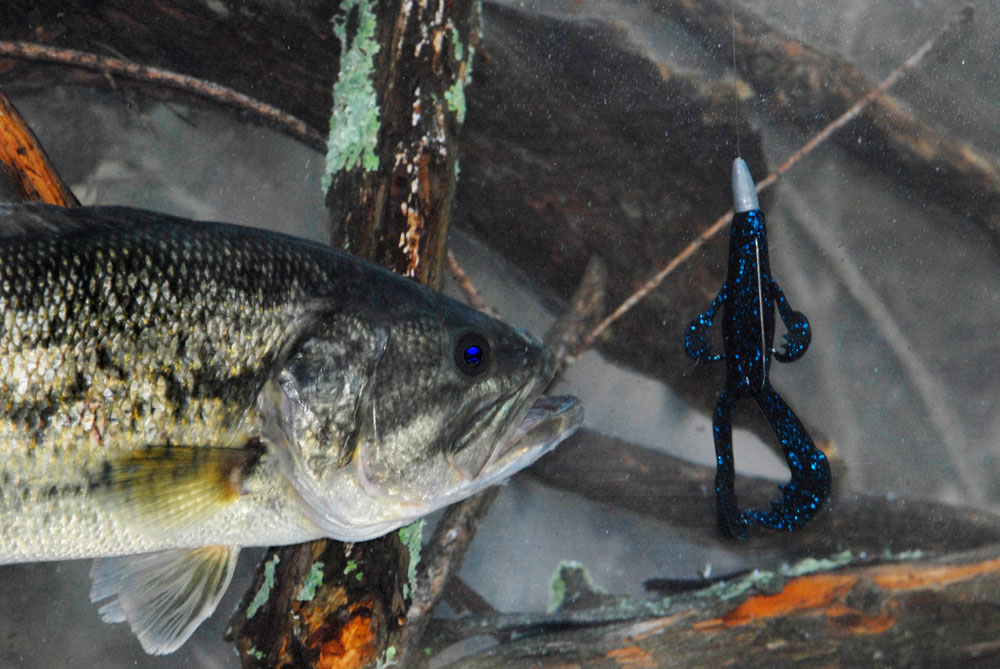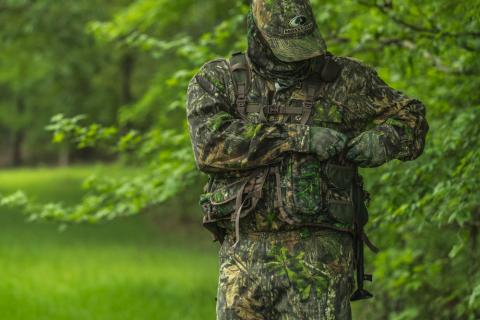provided by John E. Phillips
Mossy Oak wanted to know how Mossy Oak Fishing Pro Kevin VanDam of Kalamazoo, Michigan, finds and catches bass. Kevin VanDam is one of only two professional fishermen to win four Bassmaster Classics. He’s also won three Major League Fishing Cups and is one of the fastest anglers finding and catching bass in every tournament he attends. He’s a very detailed angler and a keen observer of everything around him when he’s on the water. Sights and signals that most bass fishermen completely overlook are some of the keys to VanDam’s success. To learn more about VanDam, visit his web page at http://kevinvandam.com/.

Mossy Oak: Kevin, when you’ve arrived at a lake and have had to compete without any history of the lake or pre-fishing on the lake what is something you have learned.
VanDam: The first of the three Summit Cups that I won on Major League Fishing was in Alpena, Michigan. Even though I’m from Michigan and have lived in Michigan most of my life, I never had fished on any of the lakes where we were going to fish - Hubbard Lake, Long Lake and Grand Lake. After each day of fishing, we’d switch lakes.
The first round was on Hubbard Lake, the second round was on Long Lake, and the Championship Round was on Grand Lake. Each of these three lakes was very different, but I won all three rounds on all three lakes and won the entire event. What helped me win on those three lakes were the experiences I’d had fishing for smallmouth bass. Although I never had fished these lakes, I’d spent a lot of time fishing in Michigan.
Once I saw Lake Hubbard and determined the water clarity, based on the time of the year (late August), I knew where the bass should be, and what they would be doing at that time of year. So, as soon as I put my boat in, I looked at the habitat and the water clarity and started searching for the type of terrain that should hold smallmouths in August. On Lake Hubbard, I won that round fishing with a jerkbait and a drop shot. This lake was really clear but with scattered leaves and underwater rocks. So, I was searching for bottom transitions - the type of habitat I knew smallmouths pinpointed on these types of lakes. I looked for small lines of rocks on the bottom, underwater weed ledges and subtle drop-offs on a flat. I fished a jerkbait until I located and caught bass. Then I used a drop shot to catch bass when they would take a jerkbait no longer. At the end of the day, I had boated close to 7 pounds of smallmouth bass by finding the bass.
The second round on Long Lake was an elimination round. When I put my boat in, I noticed that Long Lake was not nearly as clear as Hubbard Lake where I’d fished the previous day. Since the water was more stained, I knew that under these conditions the bass usually lived in more shallow water than they did on a clear lake. As I searched for bass, I realized that this lake had underwater humps, small underwater ridges and high spots on the bottom with numbers of rocks on those high places. My lure of choice was a KVD 1.5 Squarebill crankbait, and I felt sure I could pinpoint where the bass were with that lure. Cranking it down to 3-5 foot deep, I was using a bluegill color that mimicked both a crawfish and a bluegill. Using that pattern, I was the first angler to catch 25 pounds, which enabled me to be one of the 10 finalists to fish on the last day of the tournament.
So, the next day when I got on the lake, I thought to myself, “You need to put on a jerkbait. The jerkbait is what got you to this round, and you’ve got to believe the smallmouths are feeding on a bait that looks like the jerkbait, even though the water is more dingy here.” Next, I tried a spinner bait that the bass would attack – but not get it in their mouths. I realized that since the bass weren’t getting the spinner baits in their mouths enough for me to hook them, I needed to downsize my lure and fish a small crankbait that the bass quickly and easily could get in their mouths. Then I could get a hook-up.

Mossy Oak: How difficult was it for you to abandon a lure and begin fishing a different type of lure?
VanDam: I could tell that the bass weren’t biting the spinner bait as aggressively as they should be biting it, but still putting down a lure that had caught some bass, although it had missed others was tough. I knew I needed to fish a lure the bass would attack more viciously and get deeper in their mouths to have better hook sets. Just fishing a lure that would catch bass and cause the bass to react to that lure didn’t mean that I’d selected the best lure to catch the most bass the quickest. This decision was tough for me to make – just like it would be for many anglers. As soon as I understood that the spinner bait wasn’t as efficient as a crankbait would be and knew that the bass were attacking the spinner bait in relatively shallow water, I made the decision to put up the spinner bait and start casting a bluegill-colored KVD 1.5 crankbait. This was one time that I’d found the bass, but the spinner bait wasn’t really what the bass wanted to eat.
I like a bluegill-colored crankbait because bluegills are chameleons and change their colors, depending on the type of habitat where they’re living. This color also was the same color crawfish were during that time of year. I knew if I swam that bait fast and bounced it off structure on the bottom, that the bass would see the color and attack - not really knowing if it was a bluegill or a crawfish.






























